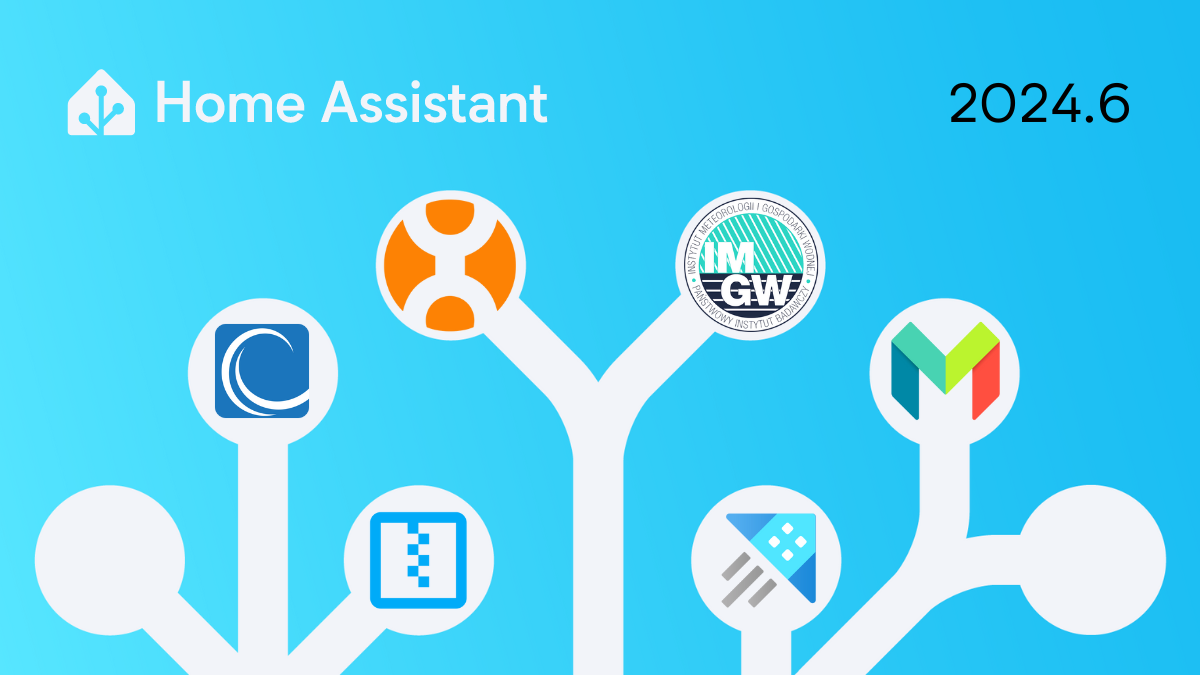- 38 Posts
- 80 Comments

 1·2 months ago
1·2 months agoI think the options either that combination are limited. IKEA Zigbee devices use removable batteries, but they don’t have a temperature sensor. They do have a USB air quality sensor but it’s a bit more complex/expensive.
There are some good WiFi, Bluetooth or RF options with removable batteries but they won’t be Zigbee.
I’ve heard of some people modifying the coin cell devices to used a wired power supply, maybe that would be an option.

 12·2 months ago
12·2 months agoIt’s not mentioned in the release notes anywhere, but the 2025.8 update has subtly changed the shade of blue used in the UI:

It’s been throwing me off a bit ever since I updated.

 141·4 months ago
141·4 months agoThe owner’s phone:

There are 4 bay units that would fit on a 10” inch shelf. I’ve seen some DIY projects too.
Using SFF/mini PCs is also popular, there are models that can take multiple SATA/NVMe drives
There are few if any 10” UPS units available anyway so weight is less of a worry. It’s one of the biggest weaknesses of the 10” system currently.
It’s a feature that’s often been requested, but hasn’t appeared yet. The best option out of the box is creating non-Administrator users and then creating custom dashboards and panes per user with only the controls they need.
But that doesn’t stop a user from poking around still, because they can still access all devices and entities through features like the Logbook - which is always accessible because sidebar items can’t be controller per user.
There are some HACS bits that might be able to lock things down a bit further, like Kiosk and Guest modes.
I’ve heard some people get round this by setting up inebriations with Apple/Google/Amazon ecosystem, only exposing the desired entities/devices, and then giving others access to those and keeping them out of Home Assistant altogether.
It’s a feature set I wish they would add/expand, I’m sure anyone with a home office and mischievous children would agree.

 20·7 months ago
20·7 months agoIt’s something I often hear complaints about. Several of the Home Assistant users I know love the way it integrates all their smart devices together, but say they find making good dashboards difficult.
Improvements like proper drag and drop and better auto categorisation and population will go a long way to help them. The old default dashboard that just lumped everything in one screen isn’t a great way to get started.

 8·7 months ago
8·7 months agoIt looks good but an open world also doesn’t feel like Mario Kart to me.
Although at £75 I probably don’t need to worry anyway, that’s a stretch too far.

 86·7 months ago
86·7 months agoPhysical game cards may also not actually contain the game:
Nintendo Switch 2 Game-Key Card Overview
Game-key cards are different from regular game cards, because they don’t contain the full game data. Instead, the game-key card is your “key” to downloading the full game to your system via the internet.
So you pay a premium and maybe don’t even get a “real” cartridge.
I’ve got parts on order for this very project, should arrive this week.
I previously tried using one of those large pressure mats but it didn’t work under the mattress.

 4·7 months ago
4·7 months agoAlso works on the GameCube, albeit with much more limited IO due to the lack of USB.
The GameCube Can Now Run Windows
I’m not sure there’s much fun software compiled for PowerPC Windows NT to run on it though (yet).

 33·7 months ago
33·7 months agoThat’s Thread. Matter is an application layer standard, which currently supports running over WiFi, Ethernet or Thread.
Matter could run over new wireless systems in the future.

 7·8 months ago
7·8 months agoA few years ago the hose on our washing machine split and we didn’t realise until water started coming out from under the units. Thankfully damage was minimal but it was a big pain to dry out.
I’ve had some of those Aqara leak sensors in place since as a precaution.
Just remember to change the batteries regularly! Easy to forget them when they are out of sight.
Back in the PS2/Xbox/Gamecube era the SNES and Megadrive seemed to be retro while the PS1 and N64 were just “old”. So maybe 2 generations ago is the start of retro.
I think it’s definitely a lot blurrier now though. The differences between consoles and the leaps between generations are less pronounced, and there are so many y rereleases and remasters now keeping older games fresh.
I have the G4 Doorbell, it’s worked well as doorbell and camera in both UniFi and Home Assistant.
I had no luck at all getting it to work with a chime though. I tried several different chimes and transformers and the chime would never work.
I ended up setting up automations to trigger device notifications and a bell sound on smart speakers to act as the chime instead.

 2·9 months ago
2·9 months agoI’m surprised they didn’t include an option to disable the backup encryption.
It’s a good feature to have but it’s probably overkill for users who only store backups locally. Encrypting backups increases security but also danger, lose the keys and lose the data. It should be up the user to decide on that tradeoff.

 1·10 months ago
1·10 months agoThere are some Xiaomi Bluetooth temperature sensors available. I have a few of the LYWSD03MMC models. They are very cheap, have a LCD screen, and can also be flashed with custom firmware.
I have a few flashed with custom firmware and use them as general sensors around the home integrated with Home Assistant via ESPhome proxies.
I’m not sure how you could monitor them from both a phone and a Bluetooth proxy, but as they are so cheap and hackable they might be worth playing with.

 2·11 months ago
2·11 months agoSome Zigbee smart plugs and sockets have configurable calibration settings. I have some SmartThings smart plugs that have calibration settings, and I think the new IKEA smart plugs with power monitoring have calibration settings too.
There are some resellers providing generic Wi-Fi smart plugs pre flashed with Tasmota and calibrated correctly. Not sure where you are located but in the UK I can recommend Local Bytes.
I’ve also seen people recommend Shelly devices for power monitoring for accuracy. The Powercalc integration developer used to recommend Shelly devices for measuring power use of new devices to create Powercalc profiles.
I wouldn’t expect too much from accuracy from any of these smart devices though. They are intended for general consumer use to provide general ideas about energy use - they are not scientific instruments and probably shouldn’t be treated as such.
If you are looking to monitor homelab devices specifically perhaps you should look at a more professional/enterprise PDU instead.
Remember that to properly calibrate any of these devices you will also need an accurate reference device to calibrate against.
Power costs vary a lot around the world, depending on where OP lives every little saving can help.






















So far I just keep recipes in whatever I’m using for notes.
Some of these dedicated programs look interesting though. Thinking about it, it would be handy to have some dedicated cooking features, like being able to search for recipes by ingredients.